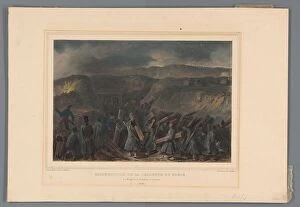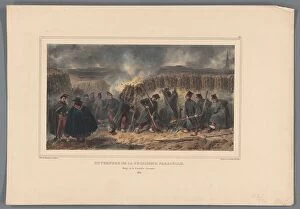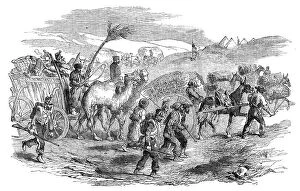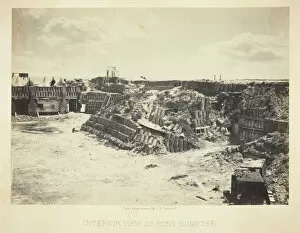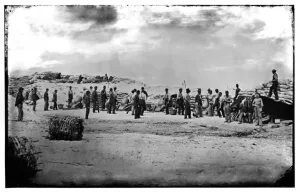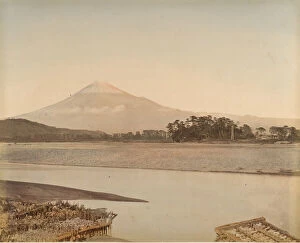Gabions Collection
Gabions: The Silent Protectors of Fortifications Throughout history, fortifications have played a crucial role in warfare
All Professionally Made to Order for Quick Shipping
Gabions: The Silent Protectors of Fortifications Throughout history, fortifications have played a crucial role in warfare, providing protection and strategic advantage to those who controlled them. Among the various elements that fortified these structures, gabions emerged as an ingenious solution for military engineers. In March 1862, during the Battle of Manassas, Barnard & Gibson created fortifications using gabions. These cylindrical baskets filled with earth or stones acted as formidable barriers against enemy forces. Similarly, Alexander Gardner captured the interior view of Fort Steadman in May 1865, showcasing how they were strategically placed to reinforce defensive positions. The significance extended beyond American soil. In an engraving depicting siege operations at Eastbourne in Sussex, these structures were utilized to strengthen British defenses during times of conflict. Meanwhile, George N. Barnard's lens focused on the interior view of Fort Sumpter in 1866, revealing how gabions protected soldiers within its walls. During the Civil War era photographs taken by unknown photographers showcased Union mortars stationed at Battery Weed on Morris Island in South Carolina and artillery positioned outside Washington D. C. 's Fort Carroll - both employing gabion-based fortifications. Not limited to defensive purposes alone; Zouaves were seen making gabions before Sebastopol – emphasizing their versatility and adaptability across different military operations. Even after conflicts subsided and landscapes returned to tranquility like "Landscape with River and Mountain" from the 1870s by an unknown creator - remnants of war could still be found embedded within historical narratives. Gabions served as silent witnesses amidst chaos; they endured shell explosions such as "A Shell in Rebel Trenches" depicted by Harpers Weekly in January 1863 or stood tall amid Confederate fortifications at Petersburg photographed by Tim O'Sullivan in 1864. Within engineers' camps at Petersburg during this time period also lay evidence of their craftsmanship through the presence of gabions.






